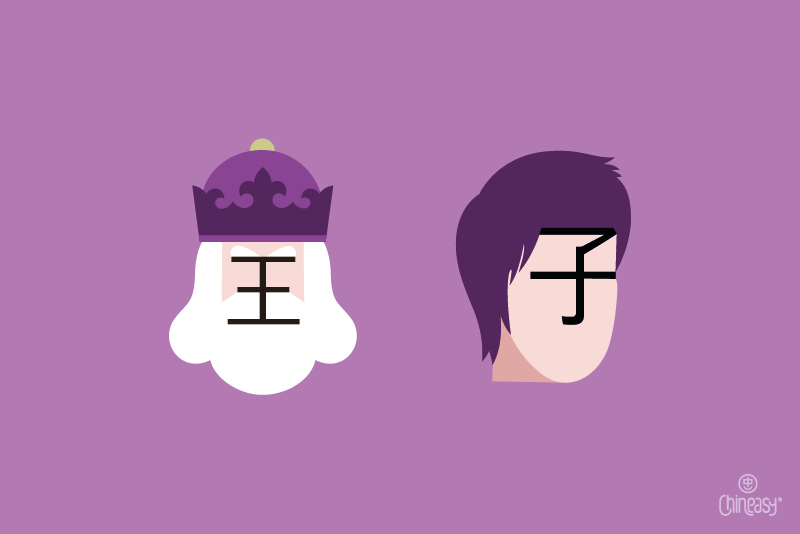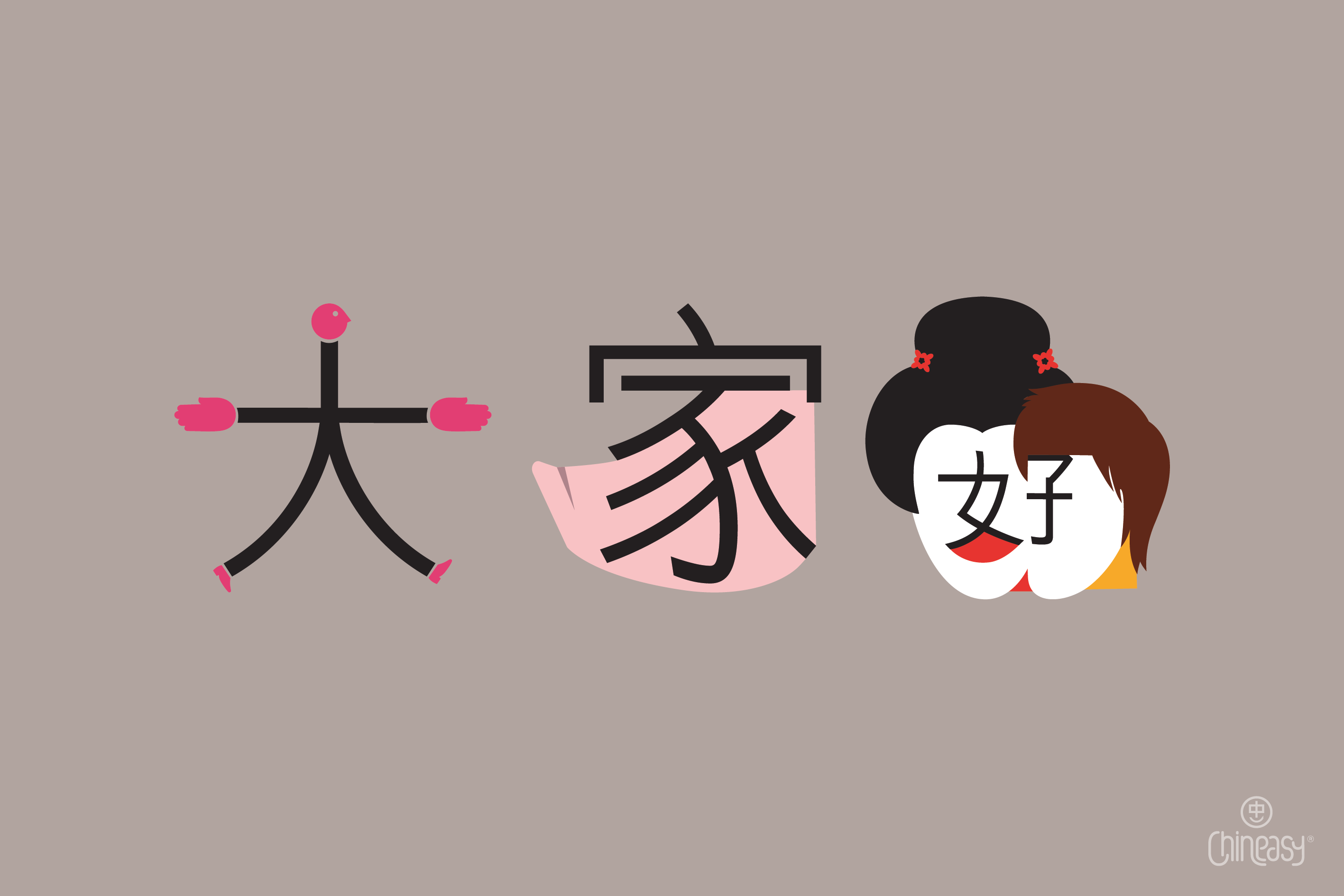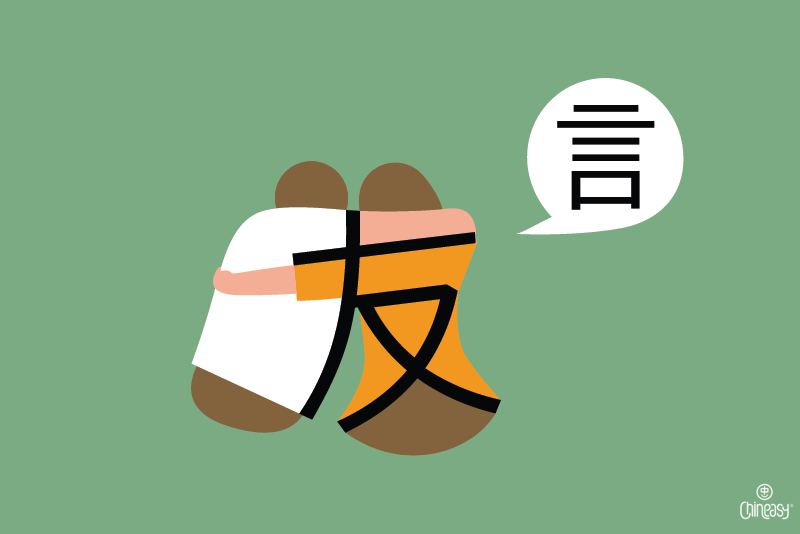What is Mahjong?
Mahjong is one of those games that we have all heard about, but few of us have actually played. But Mahjong is one of those timeless games which actually helps a person learn more about the culture of the people who invented it. Mahjong has spread throughout the modern world and has taken root everywhere from bingo halls to high-end casinos. It was developed during the Qing Dynasty and gained international popularity during the early part of the 20th century, and is now more popular than ever.
How is Mahjong Played?
The game is played with a set of 144 tiles, each with a Chinese character or symbol. But you don’t have to get your head around all 144 at once – the game starts with each player being issued only 13.
Players draw and discard tiles until they complete a legitimate ‘hand’, using the 14th drawn tile to four sets and a pair, respectively called a ‘meld’ and an ‘eye’.
In Mahjong different tiles can have different values depending on geography or rule set.
It is a rich and complex game, one best suited to people who enjoy strategic tabletop campaigns against an opponent of equal skill.
How does Mahjong help to develop Chinese speaking?
Known as májiàng to native speakers, Mahjong encourages players to get to grips with the building blocks of the language. Western players will benefit from knowing how to count from one to nine in Chinese, and Mahjong will teach you a small collection of relevant terminology. Often you’ll hear words ranging from ‘húle’, meaning ‘I’ve won’, to ‘xǐpái’, meaning to ‘shuffle a tile’. If you’re prepared to play with Chinese speakers, then you’re going to pick up a lot of chatter around the table. Much of this will not be relevant to the game, of course – but you will see quickly how you pick up the words as you go. If you’re looking to learn a language though, then there are many ways to do it.
What do we mean when we talk about ‘Chinese Culture’?
This seems like it should be an easy question to answer, but it is a surprisingly difficult topic to cover succinctly.
China were renowned artists and thinkers long before entering the world stage, producing some of the most iconic painting techniques and renowned philosophers of their respective ages.
When we start thinking about how this influences Mahjong, we’ve got to take a look at the foundations of the game.
We’ve already acknowledged its development during the Qing period of China, but it’s also worth mentioning that the creator has been lost to history. We have no idea who they were. William Henry Wilkinson is known for having popularised the game in the Western world in 1895, but any earlier than that and the history books are simply empty…
We do know that the game was likely originally played with cards rather than tiles – but what these cards looked like, whether they functioned any differently than tiles, and at what point exactly the transition to tiles was made are all mysteries; mysteries we are unlikely to ever definitively answer.
The mindset needed to excel at Mahjong is the mindset which governs Chinese culture
Mahjong requires its players to out-think opponents. To never get too comfortable with what they have, and potentially be prepared to make a risky decision to achieve victory. It is a game deeply seated in tradition, passed down from generation to generation, but cannot be won without a willingness to look forwards and leave behind what you have. If you refuse to discard tiles, you will not win the game. In fact, you probably won’t even be able to play for very long… The characters and runic inscriptions will help a student to learn the words of the language, but not necessarily help them get immersed in the culture.
If a student wants to learn about Chinese culture then Mahjong will teach them who they are. Beyond reading Wikipedia or opening a textbook, outside of online classes, apps, video calls, learning aids and face-to-face chat with native speakers – Mahjong will not simply tell you about Chinese culture. It will show you and make you understand who these people are, who they have always been, and perhaps who they will be for the thousands of years to come.



